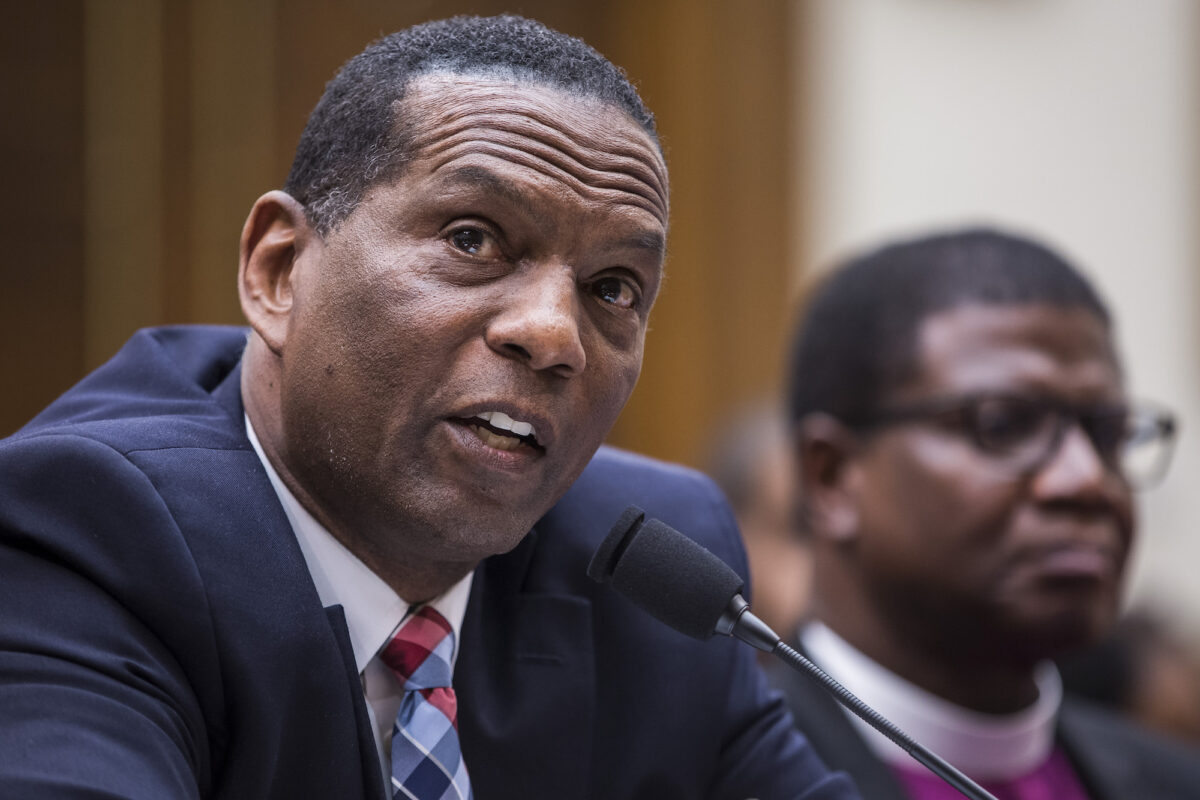


The Biden administration’s plan to forgive student loans came under fire from Rep. Burgess Owens (R-Utah), who argued that the president’s plan will “mortgage our children’s future.” The congressman compared Democrat strategies to those of former Marxist leaders and called attention to the urgent need to reduce the costs of college tuition.
Last August, President Joe Biden issued an executive order forgiving up to $20,000 in student loan debt for eligible borrowers. The order also extended student loan forbearance “one final time through December 31, 2022.”
Despite this statement, Biden reissued the extension late last year in response to the ensuing legal debate among Supreme Court justices around the constitutionality of the president’s order. The extension is set to end this summer, when the Supreme Court is expected to vote on the matter.
Speaking at Thursday’s House Committee on Education & the Workforce hearing titled “Breaking the System: Examining the Implications of Biden’s Student Loan Policies for Students and Taxpayers,” Owens expressed his concerns around what he views as poorly organized and counterproductive policies.
“The Biden administration’s proposal is a patchwork attempt that takes a structural problem that will only make worse issues of rising prices and low-quality education,” he said. “This has left millions of Americans with student debt that far exceeds the financial value of their degree.”
The plan in question is Biden’s “Income-Driven Repayment” (IDR) plan, which would tie required student loan payments to the borrower’s income and soften other existing rules to reduce costs for indebted students. While the Department of Education initially estimated the IDR plan would cost taxpayers $138 billion, the Congressional Budget Office (CBO) released a report earlier this month showing that the total cost will be $230 billion.
Owens criticized the Department of Education’s cost estimate, stating it was “ridiculously out of touch with reality, and about half of what the CBO put forward last week.” Pointing to the chaotic nature of the government’s ever-changing rules around student loans, the congressman went on to question whether the current loan system—while imperfect—warrants “degrading our systems of checks and balances.”
The Republican argued that the solution is not forgiving loans but finding ways to reduce the cost of college.
“It’s time we face soaring college prices head-on.”
Sameer Gadkaree, the president of The Institute for College Access & Success, disagreed with Owens, arguing that college degrees are valuable assets for young job-seekers and that the government should aid in making them more accessible.
“College graduates earn a substantial wage premium and are much less likely to experience poverty or unemployment than people who do not have a credential or degree,” he said. “However, even after federal, state, and college grant aid, college costs remain high enough that most students cannot enroll without taking on debt.”
Gadkaree said his organization aims at “increasing economic and racial equity in higher education.”
He pointed out the racial disparities in student loan debt, highlighting a 2015 study by the National Center for Education Statistics showing “that the median black borrower owed more than they borrowed 12 years after entering repayment.” According to Gadkaree, it is “because of the racial wealth gap, along with persistent employment and wage discrimination [that] black students are more likely to borrow for college.”
He praised Biden’s recent actions and supported the proposed IDR plan.
“We had over 1 million borrowers entering default in 2019 alone,” Gadkaree said. “The administration is taking targeted and common sense steps to address a growing problem affecting 44 million Americans.”
The debate over student loan forgiveness has been ongoing, with Democrats arguing that it will provide much-needed relief to millions of Americans struggling with debt. At the same time, Republicans say that we cannot afford it and that many proposed plans will do more harm than good.
Some economists have argued that rising college tuitions are a consequence of government involvement.
According to a paper by Grey Gordon and Aaron Hedlund—both economic researchers with the Federal Reserve—the influx of government-backed student loan money into the university system is directly linked to the surging cost of a college education. Their paper argued that the demand shocks provided by government loans and grants accounted for a 91 percent increase in student loan tuition from 1987 to 2010.

